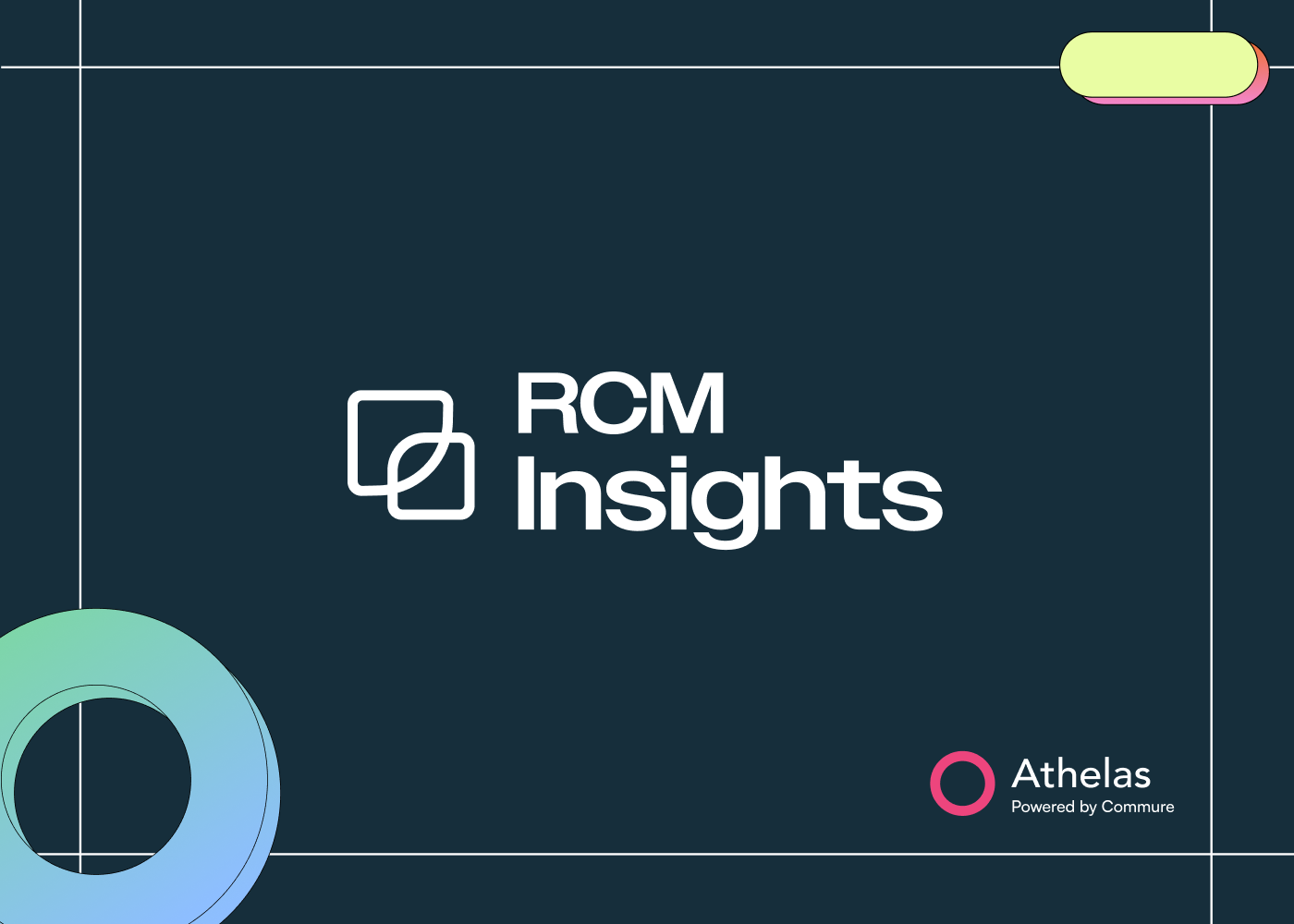Running a mid-market specialty practice—whether cardiology, orthopedics, or dermatology—means juggling high patient volumes with razor-thin margins. One of the biggest silent budget killers? Documentation costs. Between EHR charting, transcription services, and after-hours note cleanup, many groups are spending $150–$300 per provider per month just to keep records compliant and complete.
But ambient AI scribe technology is changing the game in 2025. When implemented smartly, it can cut documentation spend by 40–60% while reducing clinician burnout and improving note quality. Here’s exactly how mid-market specialty practices are doing it—without overcomplicating workflows or risking compliance.
Why Documentation Is Eating Your Budget in 2025
Let’s start with the reality check:
- Average chart closure time: 2.5–4 hours per clinic day (per MGMA 2024 benchmarks)
- Transcription + scribe services: $1.50–$3.00 per encounter
- EHR “click fatigue”: 1.5–2 minutes per patient just navigating templates
- Burnout ripple effect: 1 in 3 specialists report documentation as their #1 frustration (KLAS 2025)
For a 75-provider orthopedic group, that’s easily $180,000+ annually in hidden documentation overhead.
How Ambient AI Scribes Work (and Why They’re Different Now)
Unlike early voice-to-text tools that created messy drafts, today’s ambient AI scribes listen to the full patient encounter, understand clinical context, and generate structured, EHR-ready SOAP notes in under 10 seconds.
5 Proven Strategies to Cut Documentation Costs with Ambient AI
1. Start with Your Highest-Volume Clinics
Roll out ambient AI to your busiest orthopedic or cardiology pods first. A 20-provider pilot typically shows ROI within 45 days through reduced scribe spend and faster chart closure.
2. Replace (Not Supplement) Traditional Scribes
Don’t layer AI on top of human scribes—replace 1:1. Most practices achieve 90%+ automation on routine follow-ups and pre-op consults, reserving human support only for complex new patients.
3. Train in 15 Minutes, Not 15 Hours
Modern ambient platforms require zero coding. Use built-in specialty templates (e.g., knee arthroscopy H&P) and let the AI learn your phrasing after 10–15 encounters.
4. Capture Missed Revenue with Smart Coding
AI doesn’t just document—it flags E/M levels, time-based billing, and procedure modifiers. One mid-market urology group increased wRVU capture by 12% in Q1 2025.
5. Audit-Proof Your Notes from Day One
Look for platforms with:
- Automatic HIPAA audit logs
- Version control for every note edit
- Built-in MIPS quality measure tagging
Getting Started: Your 30-Day Ambient AI Playbook
Week 1: Identify top 3 documentation pain points (survey providers)
Week 2: Pilot with 5–10 high-volume clinicians
Week 3: Compare AI vs. human note accuracy + time saved
Week 4: Scale to full specialty pod with EHR integration
Pro tip: Choose a platform with no long-term contracts and per-encounter pricing—you only pay for what you use.
The Bottom Line
In 2025, ambient AI scribes aren’t a luxury—they’re a budget necessity for mid-market specialty practices. The math is simple:
Less time charting = more patients seen = higher revenue + happier clinicians.
How do you bill medicaid? Improve retention without hiring?
Get ahead of 2025 CMS changes?
Schedule a demo with Athelas today to find out.



